Introduction to hierarchy of settlements
In human geography, settlement hierarchy refers to the way that settlements are ranked and organized in terms of size and function. Typically, settlements are arranged in a hierarchy from largest to smallest, with the largest settlements at the top and the smallest settlements at the bottom.
The highest level of the hierarchy is typically occupied by the capital city of a country, followed by other major cities, and then by smaller towns and rural settlements. Within each level of the hierarchy, settlements are further organized by function, with the most important or central settlements being at the top, and the least important or peripheral settlements at the bottom.
For example, within a country’s capital city, the central business district and government district would be at the top of the hierarchy, while residential neighborhoods and industrial areas would be at the bottom. Within smaller towns, the main town center and commercial areas would be at the top of the hierarchy, while residential neighborhoods and rural areas would be at the bottom.

Read more about Patterns of Settlement
Settlement defined
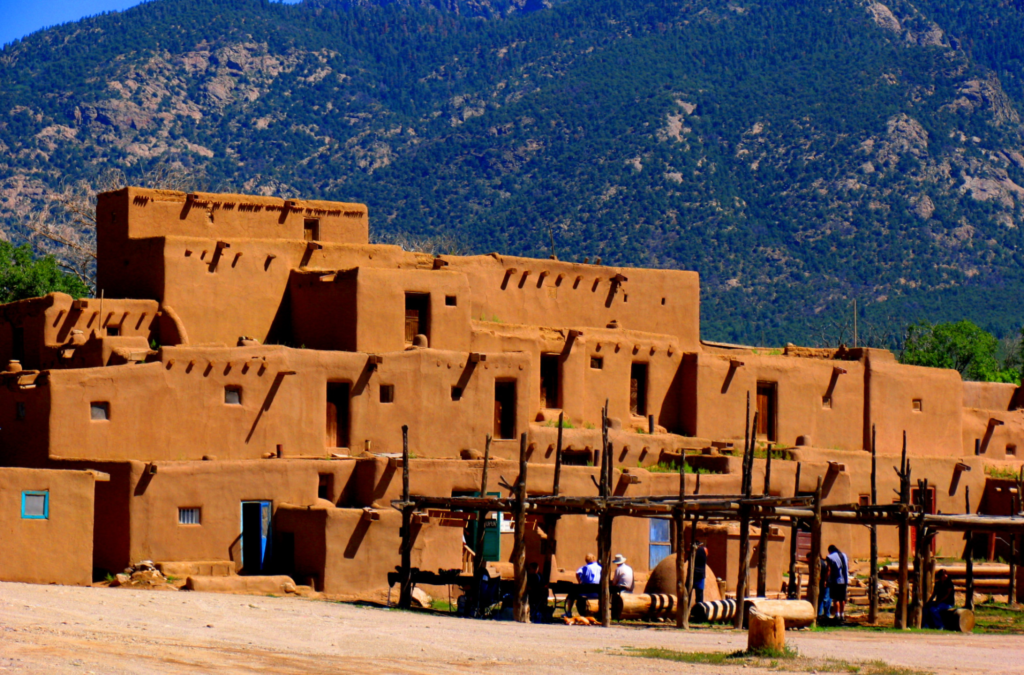
A settlement is any place where people live and reside. Settlements vary in shape and size. A small house in the middle of nowhere is just as much a settlement as a large and bustling megacity with over 10 million inhabitants.
Settlements may either be permanent or temporary. It is also possible for temporary settlements to eventually become permanent. Refugee camps are examples of temporary settlements. However, some refugee camps, especially those built in conflict zones, may become permanent settlements over time.
Settlements often develop to serve a specific function or purpose. As an example, the settlement of Southampton was developed to be a port.
Settlement Site
A settlement site is the portion of land on which a settlement is built. There are a variety of reasons why people choose to develop a settlement on a particular site. Some factors, however, take precedence over others.
Listed below are some common site factors:
Wet point sites
Wet point sites have an abundant and immediately available supply of water. Many settlements are built in the vicinity of wet point sites. An example of this is the villages in the South Downs.
Drypoint sites
Drypoint sites are areas that are situated far away from any possible source of flooding. One example of this is the Ely in Cambridgeshire.
Defensive sites
Defensive sites are usually located on elevated ground. In the past, these sites were valued for their strategic vantage points, allowing approaching enemies to be seen from a distance. Some examples of defensive sites include Corfe Castle, Dorset, or Durham, found in the loop of a meander.

Aspect
Aspect settlements are situated on the side of a deep valley that receives a lot of sunlight. Settlements in the Alps often have aspect site factors.
Shelter
Shelter as a site factor is simply any protection from cold rain and prevailing winds.
Gap towns
Gap towns are settlements situated in the middle of two areas at a higher ground elevation.
Resources
Resources are site factors that are essential for industry. This is exemplified by villages that are located near coal reserves, such as Aberfan in the Welsh valleys.
Bridging point
This site factor features settlements that developed around a fording point or bridging point. Settlements that have “ford” in their names are usually examples of such settlements. One example is Watford, found on the River Colne.
Trading centres
Settlements often grow at the meeting points of rivers and natural routeways. These geological features would then be helpful for the building of roads, canals, and railways. The location of these settlements is perfect for trade and commerce.
Over time, however, many of these functions have declined in importance. This is primarily due to advancements in technology that allow people to overcome many different challenges.
Settlement Situation
A settlement’s situation is its position in relation to the surrounding human and physical environment. These factors have significant implications on a settlement’s size, type, and function.
It is important to note that the situation of modern settlements differs significantly from historical settlements. This is because the people that plan a modern settlement’s location and the situation may have different priorities from those who built settlements in the past. One example is that modern settlements no longer need to be situated near a river since water can be easily piped to buildings and houses, and waterways are no longer as important for transportation.
Settlement Functions
In the past, most of the first settlements that first began to develop only served a single distinct function. As time passed, and as the settlement grew larger, other settlements began to take a variety of other functions.
In MEDCs, or More Economically Developed Countries, many large settlements are multifunctional and have a multitude of functions such as education, retail, and industry.
Port

Cities such as Liverpool and Southampton both originally served as ports. At present, both cities do still function as ports, however, this function has grown less significant. Liverpool and Southampton no longer serve just as ports and are now multifunctional.
Market Town
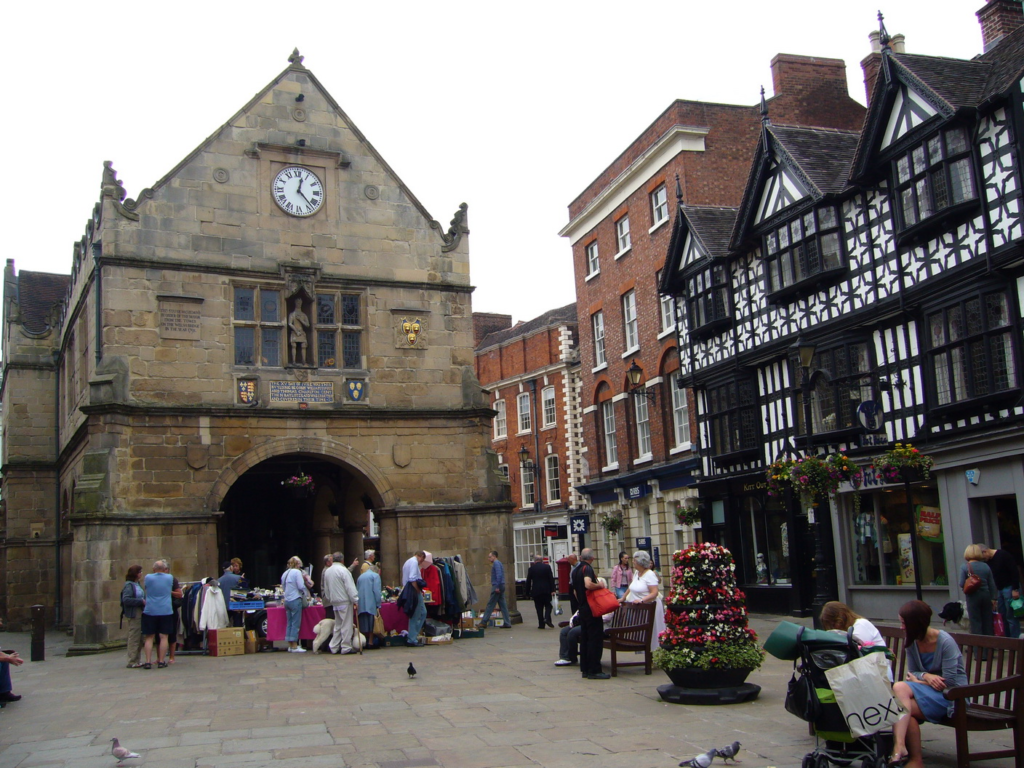
In the past, Watford primarily served as a market town. Today, although Watford still does have a regular market, it has grown beyond its original function and is now a bustling multifunctional centre.
Resort
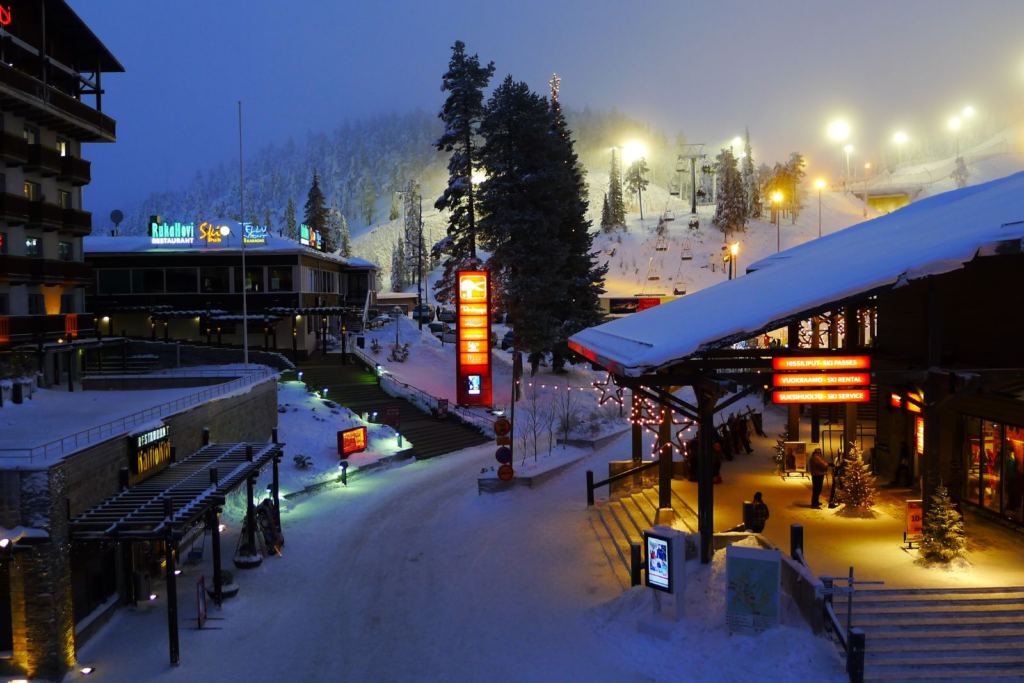
In the Victorian era, Southport in Liverpool was a famous seaside resort. Now, it has developed into a settlement with multiple functions, including a commuter settlement for Liverpool.
Natural resources
Sheffield is situated in a region rich in natural resources. This allowed Sheffield to grow in size and importance as a centre in the steel and iron industry. Steel continues to be produced in Sheffield, although it is no longer its primary function. Today, Sheffield is a thriving city with multiple functions.
Settlement Hierarchy
The hierarchy of settlements is a ranking of settlements based on their size and shape. A settlement hierarchy can be made by grouping and classifying the settlements in a region or country into rank order. Settlements may either be ranked according to the size of their population or by the type and range of their functions and services.
At the bottom of the hierarchy are the settlements with the lowest population and the lowest number of services. Generally, these lower-level settlements are expected to be the most commonly occurring since they do not require the same great effort needed to sustain larger settlements. As you ascend through the hierarchy, the size of the settlement increases along with the distance between similar-sized settlements. For example, there are more villages than towns, more towns than cities, and more cities than conurbations.
In the hierarchy itself, the small but common settlement types are depicted as wide bars, while the large but uncommon settlements are depicted as bars that become smaller and smaller. Ultimately, the settlement hierarchy takes up the shape of a triangle.
The number of services that a settlement provides increases along with the settlement’s size. Small settlements would often only provide low-order services. These include post offices, doctors, and newsagents. Larger settlements such as large towns, cities, and conurbations are capable of providing both low and high-order services. Some examples of high-order services include hospitals, leisure centres, and chain stores.
Services that sell high-order goods have a higher threshold than those selling low order goods. Simply put, this means that in order to be profitable, these services require the patronage of more people. Hence, services such as department stores would only be found in larger settlements. On the other hand, services that sell lower-order goods such as newsagents can be comfortably supported by smaller settlements. This also suggests that there are more small newsagents than there are big department stores.
It can also be observed that as a settlement increases in size, so does its sphere of influence. Smaller settlements do not have spheres of influence as large as those of large settlements and conurbations. Due to the different facilities and services offered by larger settlements, they attract a lot more people. For example, London is a city with a global sphere of influence, attracting people from all around the world. On the other hand, small hamlets or villages typically only have a sphere of influence over a handful of kilometres.
Levels of the hierarchy
Isolated dwelling
An isolated dwelling is the smallest but most common form of settlement. Found at the base of the settlement hierarchy, the isolated dwelling is a settlement with only a handful of households. Isolated dwellings have little need for services, and at times have none at all.
Hamlet
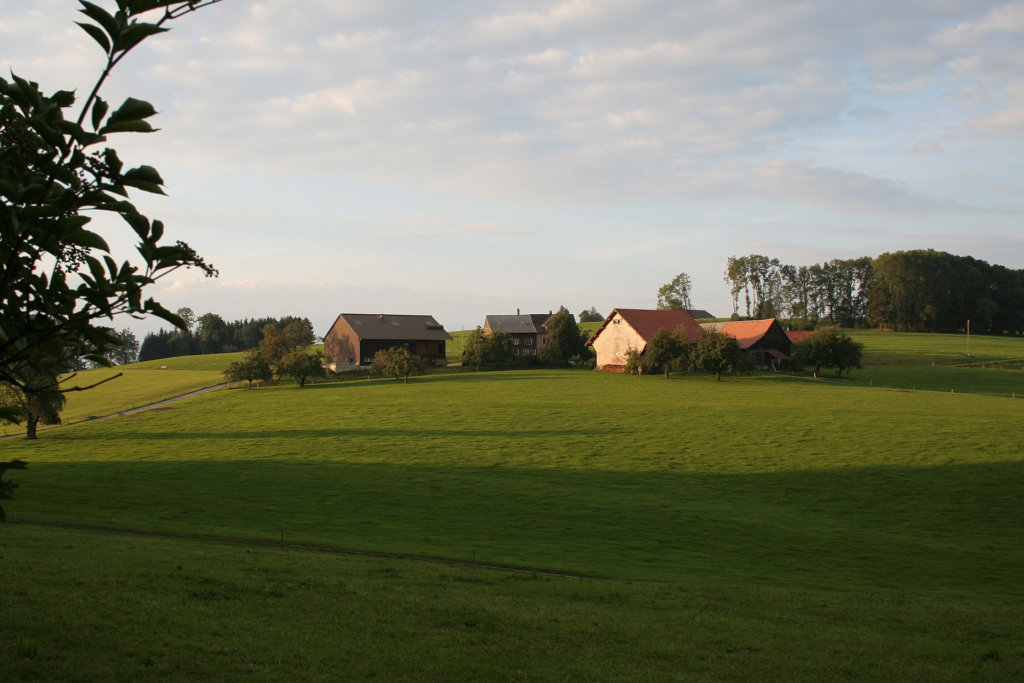
Above the isolated dwelling, the hamlet is a bit larger yet not as common as the former. Although the definition of a hamlet varies per country, in general, hamlets have a population of 100 people or less. Hamlets are usually unincorporated communities found in rural areas or as the component of a municipality or larger settlements. They may also offer only a few basic services.
Village
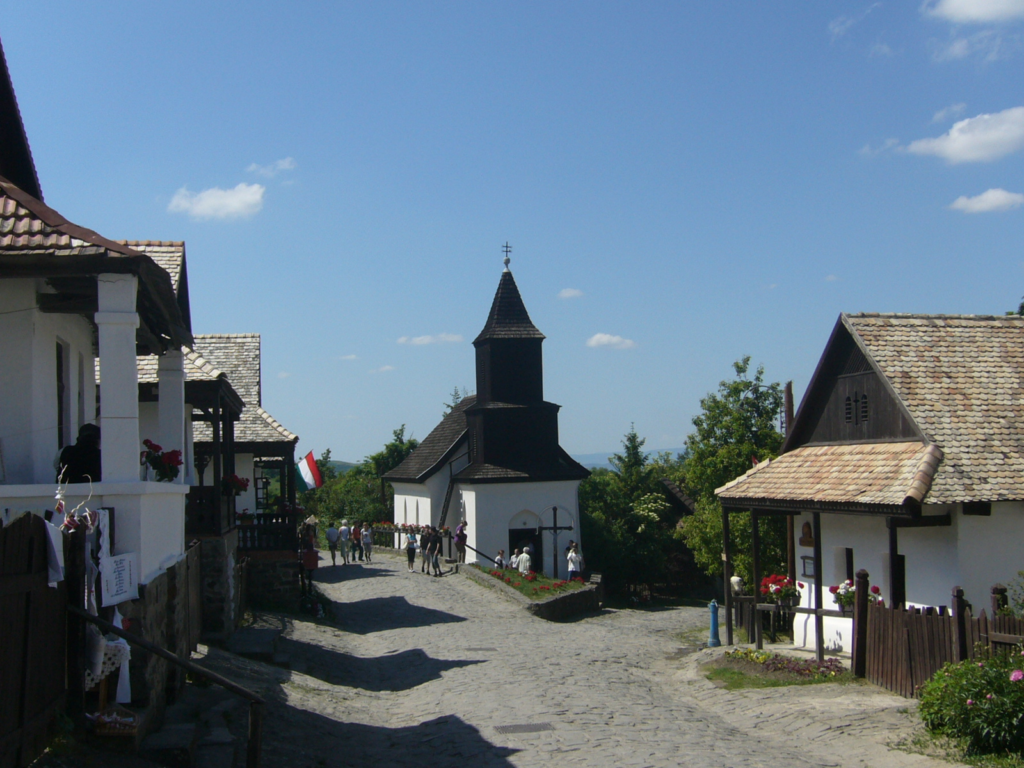
Essentially, a village is a hamlet with a few hundred more people and with a larger area. Villages are clustered human settlements or communities often inhabited by a number ranging from a few hundred to a thousand. This larger population permits villages to have basic services such as churches, gas stations, and post offices.
Small town

Small towns are settlements much larger than villages. It is common for small towns to have populations that fall within the range of 1,000 to 20,000 inhabitants. These settlements are equipped with a number of services sufficient enough to fulfil their inhabitants’ basic needs. The people that live in small towns rarely need to leave the settlement to look for other services. Services such as grocers, restaurants, and basic stores can most usually be found in small towns. Around the world, the strict definition of a town according to its size varies from country to country.
Large town
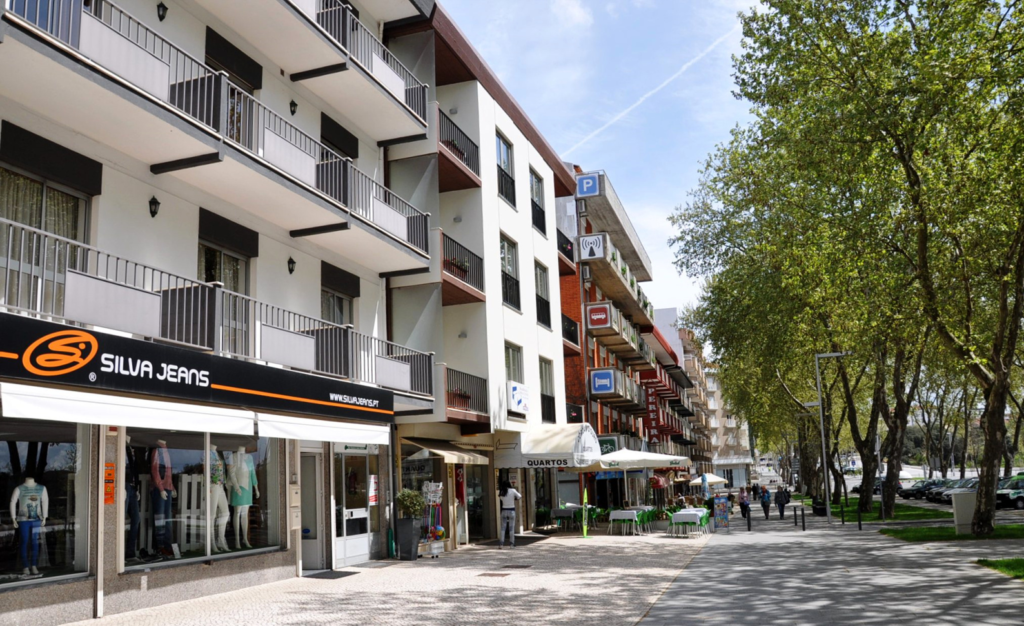
When a town’s population exceeds 20,000 inhabitants, it is considered a large town. In comparison to a small town, a large town’s greater number of residents allows it to have a greater variety of services.
City

A city is a large and permanent human settlement. Cities do not have a minimum size nor population, however, they usually have around 100,000–300,000 inhabitants. Cities are governed by a major, and more often than not, a majority of the important administrative offices can be found in cities.
Conurbation
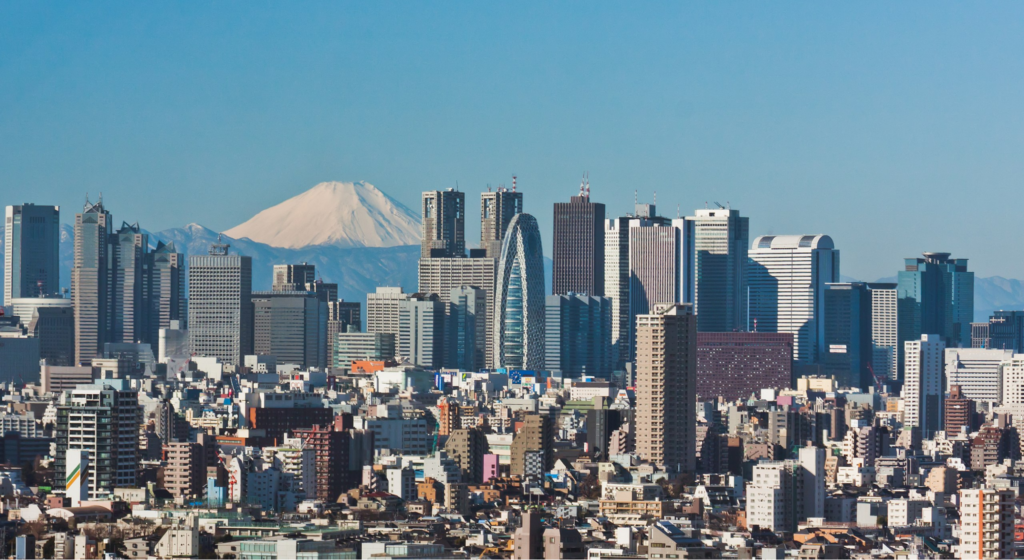
A conurbation is a collection of two or more large cities and their suburbs. The cities that belong to conurbations are strongly related to one another. Conurbations commonly have populations of 1–3 million people. Major examples of conurbations are found in the Low Countries, Great Britain, Germany, and Japan.
Frequently Asked Questions
What is the hierarchy of settlements?
The hierarchy of settlements refers to the classification of human settlements based on their population size, functions, and services they provide.
What are the different levels of settlement hierarchy?
The levels of settlement hierarchy typically include hamlets, villages, towns, cities, and metropolises, arranged in ascending order based on population size and the range of services available.
How are towns different from villages in the settlement hierarchy?
Towns are larger than villages in terms of population and typically offer a wider range of services and amenities. They often serve as commercial and administrative centres for the surrounding rural areas.
What characterizes a metropolis in the settlement hierarchy?
A metropolis is the highest level in the settlement hierarchy, representing a large urban area with a significant population, extensive economic activities, and a wide range of services and infrastructure.
How is the settlement hierarchy useful in urban planning?
The settlement hierarchy helps urban planners and policymakers understand the distribution and organization of human settlements. It aids in the allocation of resources, infrastructure development, and the provision of services based on the needs of different settlement levels.
Resources
Conurbation. (n.d.). Retrieved from Britannica: https://www.britannica.com/topic/conurbation
Metropolis, city, town, village, hamlet – what’s the difference?. (n.d.). Retrieved from Language learning base:
http://languagelearningbase.com/87791/metropolis-city-town-village-hamlet-whats-the-difference
Settlement characteristics. (n.d.). Retrieved from Bitesize: https://www.bbc.co.uk/bitesize/guides/zyyvtyc/revision/4
Settlement Hierarchy. (n.d.). Retrieved from 3D Geography: https://www.3dgeography.co.uk/settlement-hierarchy
Settlement Hierarchy: Definition & Categories. (n.d.). Retrieved from Study.com: https://study.com/academy/lesson/settlement-hierarchy-definition-categories.html#:~:text=A%20settlement%20hierarchy%20is%20a%20system%20of%20ranking%20population%20centers,to%20a%20ranking%20of%20items.
Image Sources
Navata, Paolo Neil & Yap, Rocky. (2015). National Land Use Policy: Enhancing Urban Concentration.
https://en.wikipedia.org/wiki/Human_settlement
https://upload.wikimedia.org/wikipedia/commons/thumb/a/a7/Taos_Pueblo2.jpg/1280px-Taos_Pueblo2.jpg
